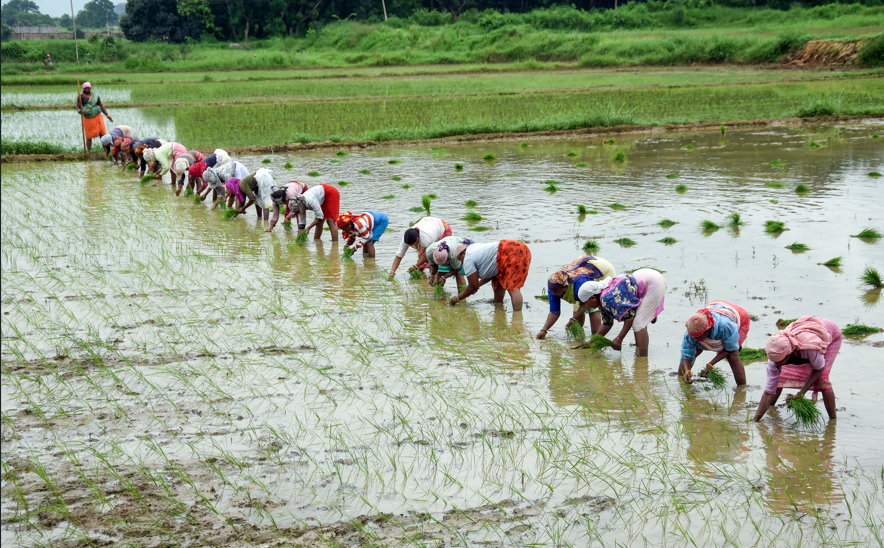As India braces for another active monsoon season, experts are once again highlighting the monsoon’s critical role in shaping the country’s economic and cultural life. Often referred to as the lifeline of India, the monsoon rains impact agriculture, water availability, power generation, and the livelihoods of millions across the nation.
The Indian monsoon system, driven by the seasonal reversal of winds due to differences in land and sea temperatures, brings two distinct rainy seasons: the Southwest Monsoon (June–September) and the Northeast Monsoon (October–December). The former contributes nearly 75% of the country’s total annual rainfall and is essential for the kharif crop season, which includes staples like rice, cotton, and sugarcane.
“The onset of the southwest monsoon in early June triggers a cycle of activity that supports farming, replenishes rivers and lakes, and powers hydroelectric plants,” said a senior official from the India Meteorological Department. Moisture-laden winds from the Arabian Sea and Bay of Bengal spread across the country, delivering rain as they rise over mountain ranges like the Western Ghats and the Himalayas.
The northeast monsoon, while shorter and more localized, plays a crucial role for the southeastern states, particularly Tamil Nadu and parts of Andhra Pradesh, which receive most of their rainfall during this period.
India’s dependence on monsoon rainfall remains high — with about 55% of the country’s cultivated land is irrigated — leaving the rest farmland part dependent on timely and adequate rain. With nearly two-thirds of the population engaged in agriculture, the economy is highly sensitive to monsoon variability. A good monsoon boosts rural incomes, food production, and national GDP, while a weak or erratic one can lead to droughts, crop losses, and inflation.
Uneven rainfall, intensified by climate change, is already affecting crop cycles. Delayed rains, excessive downpours, or prolonged dry spells can result in soil erosion, reduced farm productivity, and rural distress. Even winter rains brought by western disturbances are vital for rabi crops like wheat in northern India.
Beyond the economy, the monsoon is deeply woven into India’s cultural identity. From ancient poetry and classical music to festivals and daily traditions, the monsoon influences food, clothing, architecture, and societal rhythms.
With changing climate patterns making monsoons more unpredictable, understanding and adapting to these shifts has become increasingly important. Experts stress the need for improved forecasting, better water management, and increased irrigation coverage to ensure long-term agricultural and economic stability.














